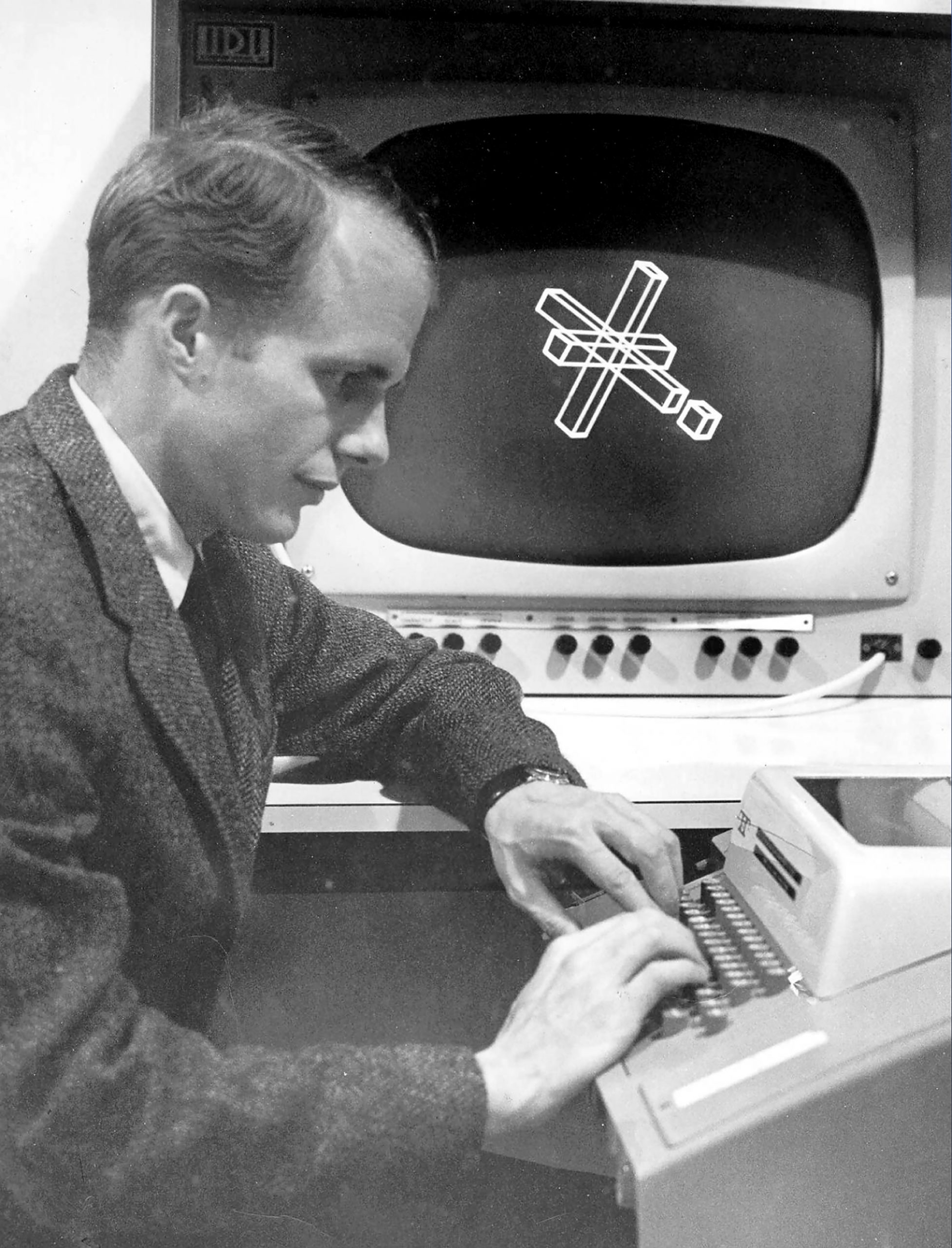
Sept. 22, 2014 – On Sept. 26, University of Utah computer scientists will participate in the 62nd Annual Utah State History Conference to discuss the history of a group of scrappy but creative geniuses at the U who were early pioneers in computer technology such as graphics, animation, the Internet and the human-computer interface. U engineering faculty also will discuss in a panel session the history of video game development in Utah and how it has led to a multi-million-dollar industry in the state.
This year’s conference, titled “Utah Technology Through Time,” will be held Sept. 25 through 27 at The Leonardo, 209 E 500 South. The conference keynote will be held Sept. 25 at The City Library, 210 E 400 South, while the panel discussions will be held Sept. 26 at The Leonardo. All sessions are open to the public.
Robert Kessler, executive director of the U’s Entertainment Arts and Engineering (EAE) program—one of the highest-ranking video game schools in the country, Roger Altizer, director of EAE’s game design and production, and Mark van Langeveld, associate professor of EAE, will participate in a panel titled “Graphics and Games in Utah: A U of U Perspective” (Sept. 26, 11 a.m. to 12:15 p.m. in The Leonardo Auditorium). The discussion will focus on how video gaming development began in Utah. Kessler and Altizer will be joined by John Blackburn, general manager of Salt Lake City-based Avalanche Studios — makers of the popular game “Disney Infinity”—and Mike Bartholomew, director of online technology for Salt Lake City-based studio Eat Sleep Play, who has been involved in gaming in Utah for more than 20 years.
“As many as 75 percent of Americans are playing video games in some form or another,” Kessler said, when asked about how much video gaming has grown. “It’s getting as pervasive as computing. It’s a huge part of our culture, and it’s a huge part of entertainment.”
Mary Hall, professor in the U’s School of Computing, will participate in a session called “Computing and Computer Science at the University of Utah,” (Sept. 26, 1:15 to 2:15 p.m., The Leonardo Auditorium) about the legendary pioneers from the U who helped create new fields in digital music, graphics, animation, networking and human-computer interface design. Such innovators include John Warnock, who later founded Adobe Systems; graphics animation innovator Ed Catmull, who co-founded Pixar Animation and is now president of Disney Animation Studios; Jim Clark, graphics workstation and Internet pioneer, founder of Silicon Graphics, Netscape and WebMD; and Alan Kay, one of the originators of the personal computer, whose work indirectly led to the Apple Mac.
“These guys were thinking about how people would use the computer differently. They were credited with coming up with very innovative changes,” Hall said. “They were thinking about things way ahead of what other people were.”
On a third panel discussion, officials from the U’s J. Willard Marriott Library will talk about the discovery of technical reports and photos from the late 1960s that document computer science research at the University of Utah. A highlight of the collection is Utah’s role as the fourth node on the Arpanet, the precursor to the Internet. The session, titled “Computing History at the University of Utah,” (9:30 to 10:45 a.m., The Leonardo, Classroom 2), also will delve into their project to collect and digitally record these important documents and photos.
This year’s conference theme is focused on the history of technological development in the state, from computers and urban infrastructure to archeology and their impact on the state’s economy.
“Technology, in all of its forms, has always played a big part in Utah’s past,” said Utah State History Director Brad Westwood. “Utah has had many innovators and innovations over 12,000-plus years of human activity. We selected the theme of this conference to bring statewide attention to this fascinating aspect of Utah’s history.”
Utah State History Conference website.
